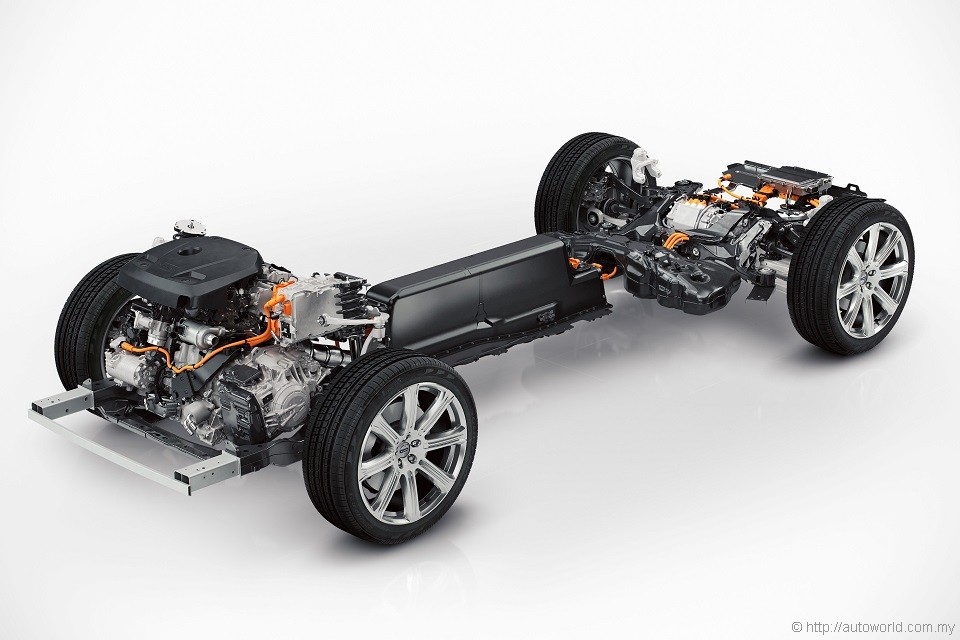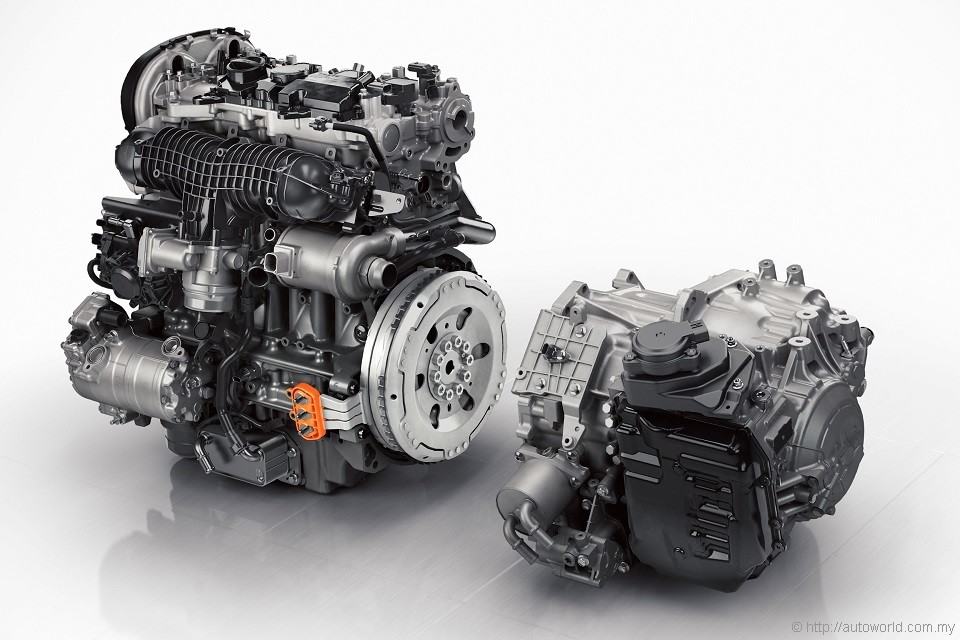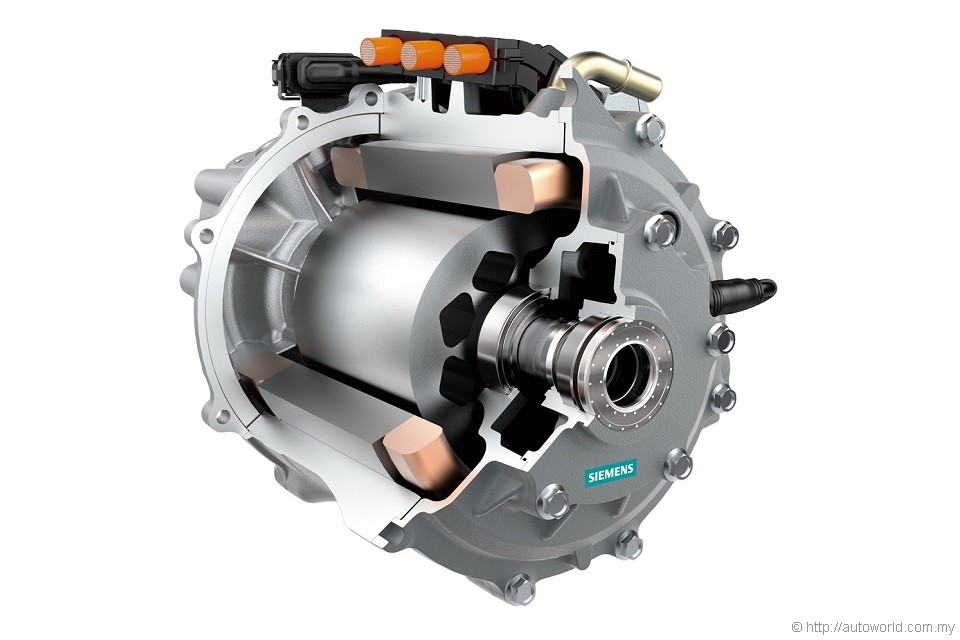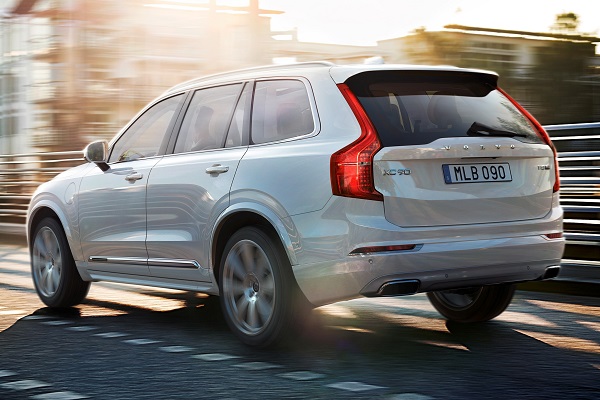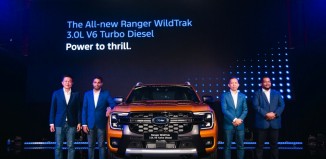Volvo XC90 T8 Twin Engine promises groundbreaking performance and efficiency
Enough has been written on the upcoming all-new Volvo XC90 that we know its sheer importance to Volvo’s future. Being the first model to sit on the company’s all-new modular in-house platform, the XC90 is set to pave the way for an entire generation of new Volvo models that will share its underpinnings.
Replacing an outgoing model that soldiered along for twelve commendable years, the second-gen XC90 is set to commence full series production in February 2015, half a year after its global premiere in August. Our local office, Volvo Car Malaysia, has confirmed that the XC90 will arrive in our shores next year as a fully imported model with local assembly at Shah Alam set for first roll out in 2016.
Powering the all-new XC90 will be a range of powertrains from the company’s newly-developed Drive-E engine family. Displacing a uniform capacity of 1,969cc, the various petrol and diesel four-cylinder engines, all of which employ forced induction, are rated with a variety of outputs ranging from 190hp upwards as far as the XC90 is concerned.
Leading the way in the XC90 is the highly sophisticated T8 Twin Engine plug-in hybrid variant that is set to raise standards of performance and economy to levels previously unheard of. It combines the efforts of a twincharged petrol engine powering the front wheels with an electric motor driving the rear axle, giving the XC90 T8 genuine AWD traction without the added weight of a prop-shaft.
Compared to the T6 model with 320hp and 400Nm on tap, the T8 loses a couple of horses from its turbo and supercharged engine to make 318hp which it puts to the front axle via a specially-adapted 8-speed automatic transmission equipped with a larger oil pump to cope with the additional lubrication needed during electric drive and also enable quicker build up of fluid pressure whenever the vehicle switches from electric to combustion drive. Maximum torque is identical to the T6 at 400Nm.
Sitting between the engine and 8-speed auto is a crankshaft-mounted starter generator which serves three functions – starting the engine when switching from electric to combustion drive; generating electricity; and supplementing the engine’s outputs with a 150Nm burst of torque whenever needed.
Bulk of the XC90 T8’s electric drive, however, is provided by its rear-mounted 82hp / 240Nm motor which operates without any mechanical connection to the engine in front. This set up obviates the need for a prop shaft (saving weight) whilst still giving the T8 genuine AWD traction. Additionally, the prop shaft’s absence also gave Volvo useful space along the centre tunnel in which the high-voltage traction battery can be mounted without impeding interior space.
With powers of both drive units combined, Volvo quotes a net system output of 400hp and 640Nm (apparently derived by simply adding the maximum outputs of the engine and motor). Consumption and emissions are out of this world – thanks to its ability to cruise for over 40km in all-electric mode, the T8 manages figures of 2.5 l/100km and 59 g/km; in the context of a seven-seater SUV that sprints from 0 to 100kph faster than a BMW 535i, that’s nothing short of extraordinary, you can even say it’s game-changing.
When we last spoke to VCM in August just after the XC90’s global premiere, Managing Director Keith Schafer indicated an interest in his part to have the XC90 available in Malaysia with the full range of petrol powertrains, including the T8 Twin Engine. It is a noble pursuit which we applaud for effort, even if the nature of fuel may ultimately scupper such plans. With all talk about making Malaysia a regional production hub for energy efficient vehicles (EEV), it would be an awful shame if an engine as efficient as the T8 fails to make it here.
Pictures: Official Volvo release





